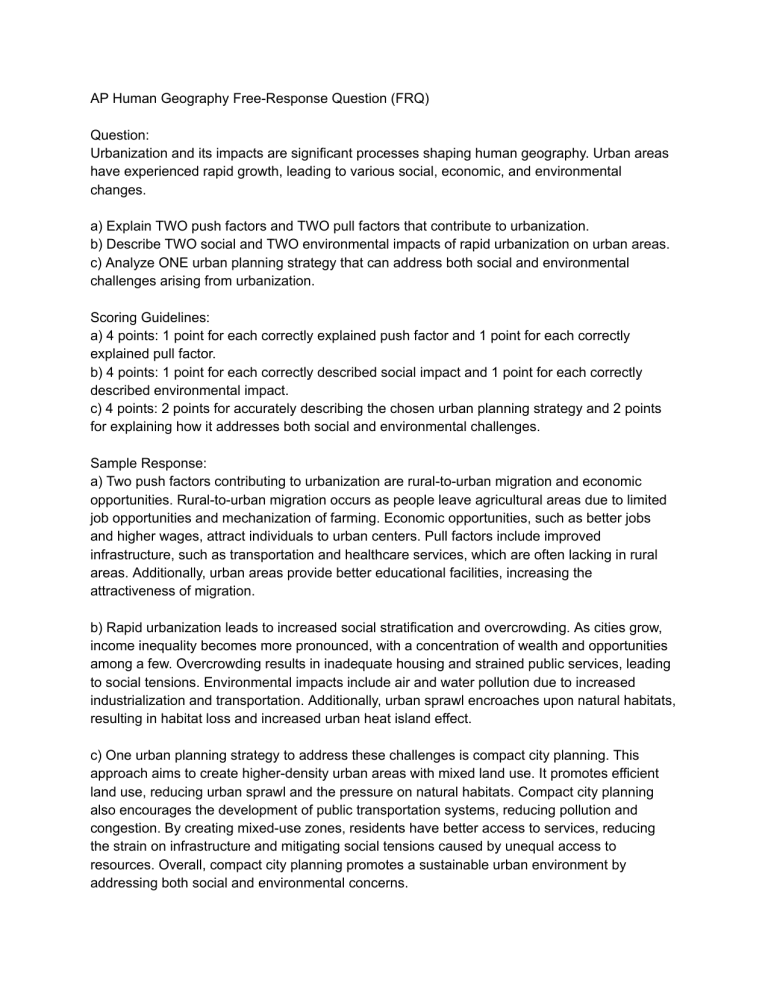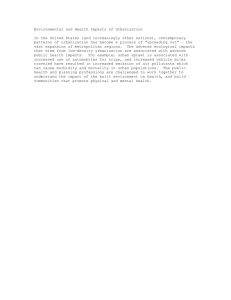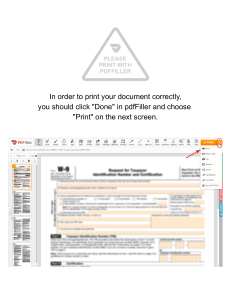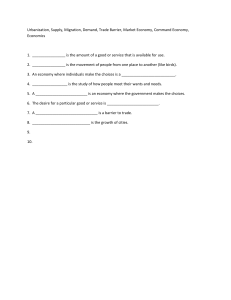
AP Human Geography Free-Response Question (FRQ) Question: Urbanization and its impacts are significant processes shaping human geography. Urban areas have experienced rapid growth, leading to various social, economic, and environmental changes. a) Explain TWO push factors and TWO pull factors that contribute to urbanization. b) Describe TWO social and TWO environmental impacts of rapid urbanization on urban areas. c) Analyze ONE urban planning strategy that can address both social and environmental challenges arising from urbanization. Scoring Guidelines: a) 4 points: 1 point for each correctly explained push factor and 1 point for each correctly explained pull factor. b) 4 points: 1 point for each correctly described social impact and 1 point for each correctly described environmental impact. c) 4 points: 2 points for accurately describing the chosen urban planning strategy and 2 points for explaining how it addresses both social and environmental challenges. Sample Response: a) Two push factors contributing to urbanization are rural-to-urban migration and economic opportunities. Rural-to-urban migration occurs as people leave agricultural areas due to limited job opportunities and mechanization of farming. Economic opportunities, such as better jobs and higher wages, attract individuals to urban centers. Pull factors include improved infrastructure, such as transportation and healthcare services, which are often lacking in rural areas. Additionally, urban areas provide better educational facilities, increasing the attractiveness of migration. b) Rapid urbanization leads to increased social stratification and overcrowding. As cities grow, income inequality becomes more pronounced, with a concentration of wealth and opportunities among a few. Overcrowding results in inadequate housing and strained public services, leading to social tensions. Environmental impacts include air and water pollution due to increased industrialization and transportation. Additionally, urban sprawl encroaches upon natural habitats, resulting in habitat loss and increased urban heat island effect. c) One urban planning strategy to address these challenges is compact city planning. This approach aims to create higher-density urban areas with mixed land use. It promotes efficient land use, reducing urban sprawl and the pressure on natural habitats. Compact city planning also encourages the development of public transportation systems, reducing pollution and congestion. By creating mixed-use zones, residents have better access to services, reducing the strain on infrastructure and mitigating social tensions caused by unequal access to resources. Overall, compact city planning promotes a sustainable urban environment by addressing both social and environmental concerns. Note: This sample response provides a general idea of how to approac



